Guarding the Power Grid Against a Natural Enemy
The next onslaught on the power grid may come not from a cyber adversary but from our warmest neighbor. Scientists at Los Alamos National Laboratory are exploring how to protect the grid against a coronal mass ejection from the sun that could physically damage the nation’s electrical infrastructure and knock out power for several weeks with resultant societal chaos and massive economic losses.
These events, which usually accompany large solar flares, are unusual but not rare. In 1859, a powerful geomagnetic burst hit the Earth, knocking out the nascent U.S. telegraph infrastructure. Fires broke out at telegraph stations, and telegraphers were injured by electrical shocks. Known as the Carrington Event, after the British scientist who first observed it, the storm was the strongest in recorded history. A much less powerful coronal mass ejection (CME) that struck the Earth in 1989 knocked out power in Quebec and interfered with short-wave radio communications. And in 2012, a CME estimated to be as powerful as the Carrington Event missed the Earth by only nine days.
If a Carrington Event-type CME were to strike the Earth today, the power grid would serve as a giant antenna collecting energy from transmission lines and channeling it to the transformers that are the beating hearts of the grid. Those transformers then would overheat and, in some cases, melt down, putting them out of action.
By understanding the nature of CMEs and their effects on the grid, researchers aim to model the threat in terms of potential damage in an extreme geomagnetic event. Subsequently, this could lead to possible solutions to mitigate or even prevent catastrophic damage to the grid.
“The main thing we are doing is to understand what effects CMEs have on the near geospace environment,” says Mike Henderson, Intelligence and Space Research (ISR)-1, Space Science and Applications, Los Alamos National Laboratory (LANL). “The Carrington Event didn’t have much data and we don’t really have a lot to go on, so we can model these things and maybe turn that [data] into benchmarking scenarios.”
Understanding the effects requires comprehending the nature of the disturbances resulting from these events, Henderson continues. Another group at LANL, A-1 Division/Information Systems and Modeling, works on how those effects propagate into the grid.
Michael Rivera, a scientist in the A-1 Division, observes that solar flares generally do not reach the ground because the atmosphere shields the planet’s surface, although satellites are threatened by them. CMEs, on the other hand, provide severe ground effects when their atmospheric plasma sets up geomagnetic currents on the ground. The CME is compressed when it comes into contact with the Earth’s magnetic field, resulting in fluctuating magnetic fields near the surface of the Earth. These fields generate a weak electric field that has little effect on most electronic devices but significantly impacts long conductors such as power lines or magnetic gas lines.
This long conductor collects and carries the current to transformers at substations. Rivera notes that most transformers on the grid work near saturation. Their design and operation have them holding about as much of a magnetic field as they can. When the plasma-driven current hits a transformer, the device’s magnetic field spills out of its core into another metal plate, at which point it acts like an induction stove. This super-size cooker overheats the transformer, which likely contains a lot of oil. This was the effect that destroyed a New Jersey transformer during the grid collapse in Quebec in 1989, he relates.
These effects are characteristic of the long periods of geomagnetic storms and not short energy bursts such as electromagnetic pulse (EMP). An EMP attack, for example, would threaten smaller electronics but would pose less of a danger to the overall grid. Similarly, a CME does not threaten small electronics lacking the long conductors that characterize the grid.
Rivera notes that grid operators must perform planning assessments to ensure grid stability in a geomagnetic storm. The North American Electric Reliability Corporation (NERC) and the Federal Energy Regulatory Commission (FERC) put forth planning standards that estimate what a geomagnetic storm will do, allowing grid owners to calculate how much damage their transformers will undergo in a CME event. The researchers at LANL are working to ensure that these limited benchmarks are scientifically sound.
Steve Morley, a scientist with ISR-1 at LANL, notes that the NERC and FERC standards do not extend to a CME of the scope of the Carrington Event. “There is no requirement for the utilities to be robust to something that’s Carrington scale,” he says. Factors such as latitude—lower latitudes are assumed to be safer—and local earth conductivity, which will affect magnetic field strength, are modeled. He continues that LANL strives to enable a more realistic implementation of the standard.
The laboratory’s work includes determining the spatial scales of localized enhancements on a CME field. It also is examining the range of weaker events up to the most extreme event. “What’s the worst that can happen, what is likely to happen, what is the sort of thing that the utility should try to be robust against,” Morley offers. Being able to determine the range of likely consequences will enable government, and to a lesser extent utilities, to plan for eventualities.
When LANL can link CME activities directly to their effect on the grid, the lab can then provide that science to transmission planning owners to analyze their own systems for resiliency, Rivera allows. Another aspect to the LANL effort exploits data from satellites at Lagrange points that can detect a CME en route to Earth. That information might enable operators to open or close switches to alter the grid’s topology, which could reduce the transmission effect that would lead to damaging the transformers. This effectively would harden the grid more, he says.
Morley points out that the typical lead time after a warning from a Lagrange point satellite is about 45 minutes. However, a fast CME could cut that warning time to less than 20 minutes. “That’s a problem, obviously, for forecasts with a long enough lead time for anyone to take action,” he says, adding that extending forecast times for that type of CME is an active area of research.
He explains that LANL has been doing space weather modeling for some time, although this specific focus on the effects on power systems began five to six years ago. The lab has records of observations for specific eruptions, and it is simulating their effects. Long-term monitoring of the solar wind also contributes to accurate measurements. These data also can help determine event frequency and likelihood of certain size storms.
Henderson notes that understanding ground effects is important, and that requires an accurate representation of ground conductivity. While the U.S. Geological Survey has some crude conductivity maps, they are not adequate for understanding local behavior of geomagnetic disturbances, he says. Other researchers, particularly a team at Oregon State University, are doing more extensive research of ground conductivity that encompasses the depth of the mantle. Still, some areas of the United States are not well measured.
Simulation and data analysis are the primary tools of this research. Morley explains that on the simulation side, the lab uses either measured or synthetic inputs to try to understand what happened in an event and if it can be reproduced. The same approach is applied to determining consequences of the solar wind reaching the surface of the Earth and generating an electric field.
The lab also is researching how these effects arise. For example, daytime impacts are expected and easily explainable. Yet many of the stronger impacts occur on the nightside away from the sun, especially in higher latitudes. For those, the lab uses ground magnetometer measurements, aurora imagery and data from near-earth satellites to determine what causes the enhancements in the magnetic field that drive the electric field. “We are really trying to get at ‘why’ so we can better predict the impacts,” Morley states.
Henderson adds that many current models don’t take into account some of these smaller scale structures. Being able to pinpoint what is important to model allows the researchers to focus on adding these mechanisms to the model. “You can’t model everything, so you have to focus on the important pieces,” he says. The data analysis helps the scientists understand what they should be modeling.
Even CMEs that miss the Earth, such as the one in 2012, can provide valuable insight into research. Data analysis of those events can contribute to the model, Henderson offers.
Morley defines success in this research as “a description of the likely impacts on the power grid for a range of different space weather drivers.” These would encompass moderate storms to extreme events. These impacts could range from premature aging of grid elements to loss of transformers and how many customers could be affected by outages even without transformer failure. How long outages would last would be another product of successful research, he says.
“We’re looking for a comprehensive description of the impact to society of space weather coupling to the power grid,” he states.
Another thrust is to determine an optimum grid topology for resilience to a CME. This would use switching to vary the network configuration, generator dispatch or load outage to minimize the likelihood of transformer damage.
Henderson maintains that the lab still has a long way to go before it can do this modeling “extremely robustly” and accurately. Making this capability fully operational for the grid will require more infostructure, more warning and more real-time data/situational awareness built into the grid. “We’re laying the groundwork for eventually being able to do this, and hopefully power grid operators will provide more real-time data on what’s happening with their grid so optimization tools will have more situational awareness to act on,” he says. He adds that it would be a big jump for a power company to fully buy into the concept of fully disconnecting a line on the basis of a laboratory warning.
Morley notes that the lab is still a long way from developing any kind of predictive system. The real-time monitoring system for space weather currently can only tell what has just happened, not forecast an event to come.
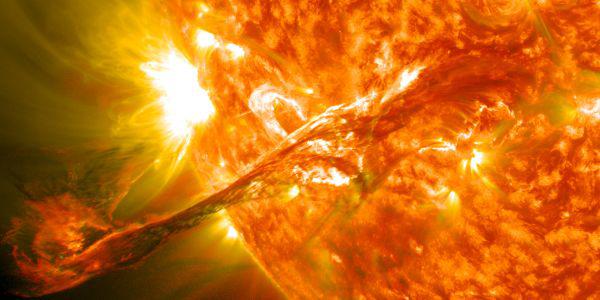
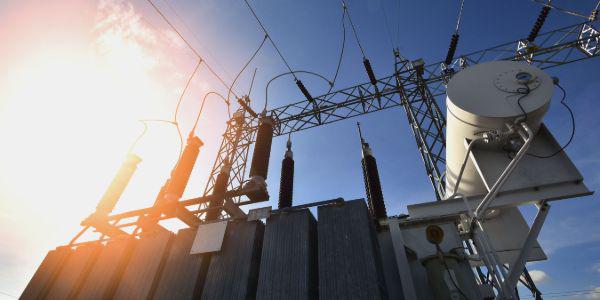
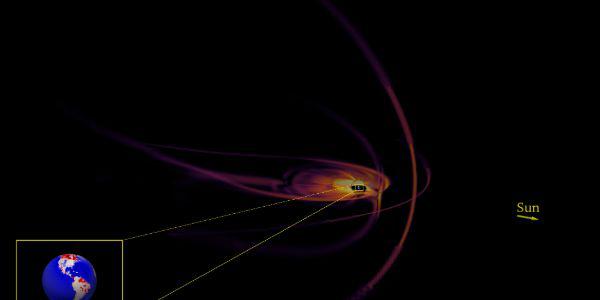


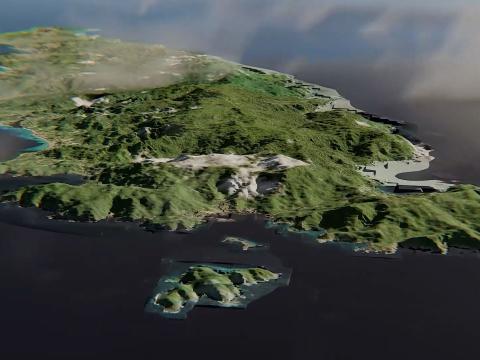
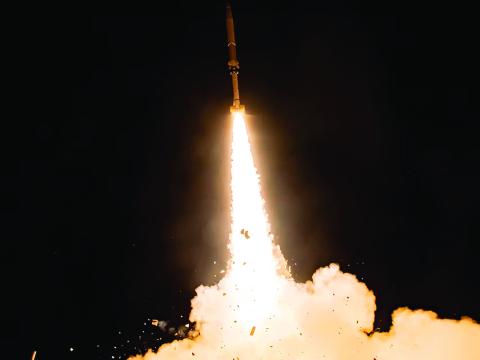
Comments